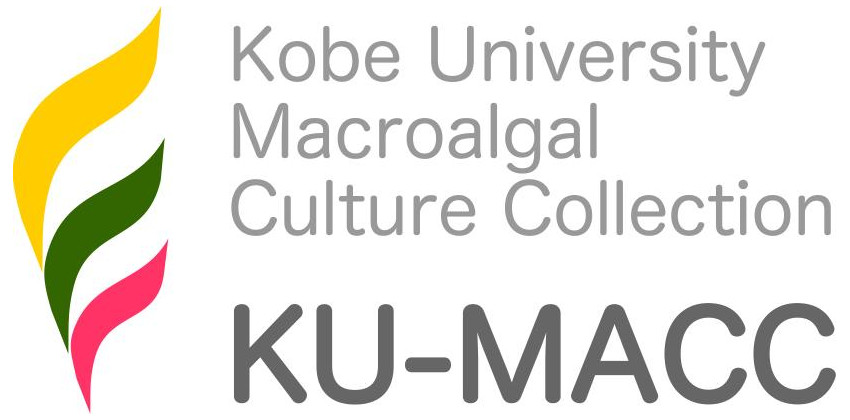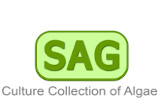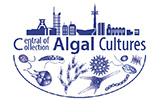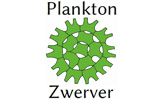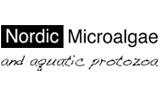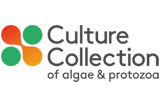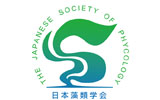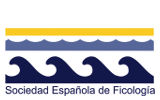Centroceras clavulatum (C.Agardh) Montagne 1846
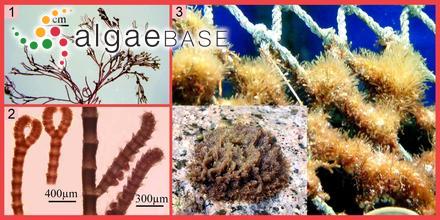
Current name:
Centroceras clavulatum (C.Agardh) Montagne
1. Frond with cystocarps. 2. Fragments with incurved branch tips and lateral tetrasporangia. 3. Habitat on net of lobster farm (Nhatrang Bay, Vietnam). Insert: Habitat, middle intertidal (Nhatrang Bay). - 29 February 2012. Eduard and Tamara Titlyanova (etitlyanov@mail.ru)
Publication Details
Centroceras clavulatum (C.Agardh) Montagne 1846: 140
Published in: Montagne, [J.F.]C. (1846). Flore d'Algérie. Ordo I. Phyceae Fries. In: Exploration scientifique de l'Algérie pendant les années 1840, 1841, 1842...Sciences physiques. Botanique. Cryptogamie. (Durieu De Maisonneuve, M.C. Eds) Vol. 1, pp. 1-197. Paris: Imprimerie Royale, publiée par ordre du Gouvernement et avec le concours d'une Commission Académique.
Type Species
This is the type species (lectotype) of the genus Centroceras.
Status of Name
This name is of an entity that is currently accepted taxonomically.
Basionym
Ceramium clavulatum C.Agardh
Type Information
Type locality: " Crescit in Oceano Pacfiico, juxta El Callao de Lima." [Callao de Lima, Peru]; (Agardh 1822: 2) Holotype: Humboldt; Herb Agardh, LD; (Womersley 1998: 417) Notes: Dawson (1962: 68) notes the type specimen is a Humboldt & Bonpland specimen...(according to Howe).
Origin of Species Name
Adjective (Latin), like a little club.
General Environment
This is a marine species.
Created: 03 August 1996 by M.D. Guiry.
Last updated: 11 January 2023
Verification of Data
Users are responsible for verifying the accuracy of information before use, as noted on the website Content page.
Distributional notes
Widespread in warm and temperate waters; in a Jania cushion; on Hypnea cornuta among many other epiphytes, the most common of which were Polysiphonia mollis and Cladophoropsis membranacea, in Chondrophycus papillosus community, on shallow rock flat gently sloping seawards (Lipkin & Silva 2002). Delnatte & Wynne (2016) note "Centroceras clavulatum (C. Agardh) Montagne had long been regarded to be a widely distributed species throughout the world. But Won et al. (2009) showed that C. clavulatum is another example of "cryptic speciation" and that records of it from places other than Peru (its type locality), northern Chile, California, New Zealand and southern Australia are doubtful Won et al. (2009) showed that C. gasparinii, C. hyalacanthum, and C. micracanthum occur in the Western Atlantic. Garcia et al. (2009) reported C. tetrachotomum to occur in Venezuela. In addition, two new species (C. arcii C.W.Schneider, Cianciola & Popolizio and C. illaqueans C.W.Schneider, Cianciola & Popolizio) were recently described from Bermuda (Schneider et al. 2015).' - (04 June 2010) - G.M. Guiry
Excluded from Moroccan flora by Hassoun et al. (2018). - (12 November 2018) - G.M. Guiry
Linking to this page: https://www.algaebase.org/search/species/detail/?species_id=731
Citing AlgaeBase
Cite this record as:
M.D. Guiry in Guiry, M.D. & Guiry, G.M. 11 January 2023. AlgaeBase. World-wide electronic publication, National University of Ireland, Galway. https://www.algaebase.org; searched on 28 March 2025
 Request PDF
Request PDF